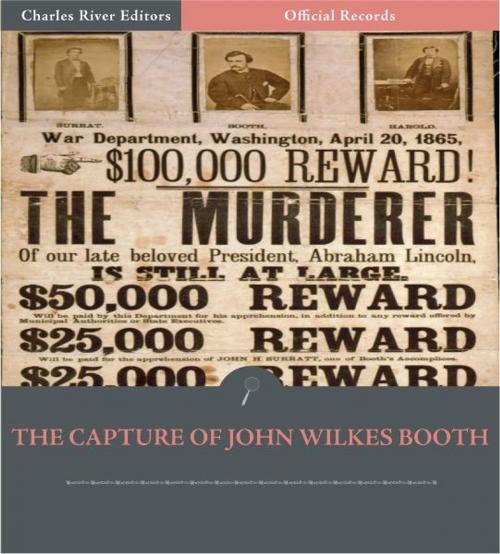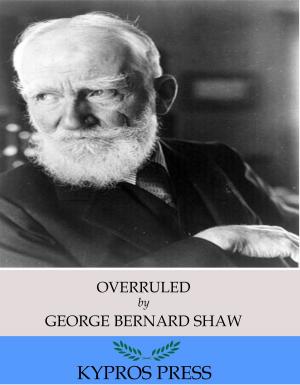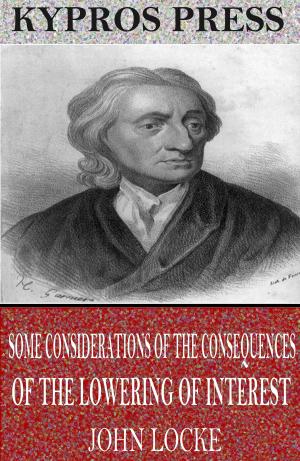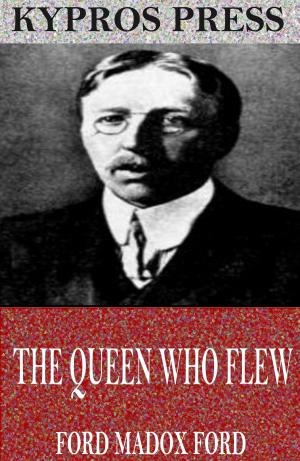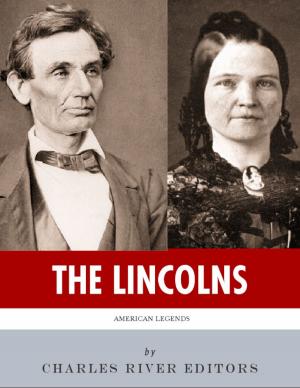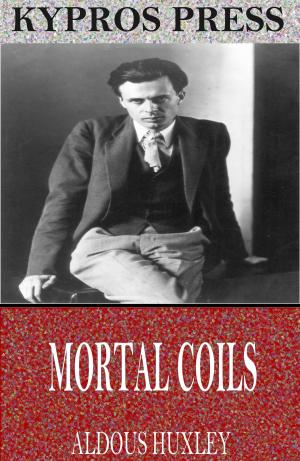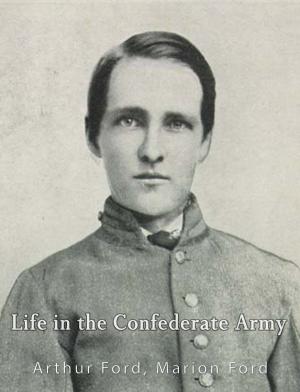Official Records of the Union and Confederate Armies: Capture of John Wilkes Booth
Nonfiction, History, Americas, United States, Civil War Period (1850-1877), 19th Century, Military| Author: | Edward P. Doherty | ISBN: | 9781619826779 |
| Publisher: | Charles River Editors | Publication: | February 15, 2012 |
| Imprint: | Language: | English |
| Author: | Edward P. Doherty |
| ISBN: | 9781619826779 |
| Publisher: | Charles River Editors |
| Publication: | February 15, 2012 |
| Imprint: | |
| Language: | English |
Until April 14, 1865, John Wilkes Booth was one of the most famous actors of his time. And while it would be a performance at a theater that would make him notorious afterward, he wasnt acting. That night, of course, Booth became one of historys most infamous assassins when he who assassinated President Abraham Lincoln at Ford's Theatre in Washington, D.C. Booth was a member of the prominent 19th century Booth theatrical family from Maryland and, by the 1860s, was a well-known actor. He was also a Confederate sympathizer vehement in his denunciation of the Lincoln Administration and outraged by the South's imminent defeat in the Civil War. He strongly opposed the abolition of slavery in the United States and Lincoln's proposal to extend voting rights to recently emancipated slaves. Booth and a group of co-conspirators planned to kill Lincoln, Vice President Andrew Johnson, and Secretary of State William Seward in a bid to help the Confederacy's cause. Although Robert E. Lee's Army of Northern Virginia had surrendered four days earlier, Booth believed the war was not yet over because Confederate General Joseph E. Johnston's army was still fighting the Union Army. Of the conspirators, only Booth was completely successful in carrying out his respective part of the plot. Seward was wounded but recovered; Lincoln died the next morning from a single gunshot wound to the back of the head. Following the shooting, Booth fled on horseback to southern Maryland, eventually making his way to a farm in rural northern Virginia 12 days later, where he was tracked down and shot by Boston Corbett, a Union soldier who acted against orders. Eight others were tried and convicted, and four were hanged shortly thereafter. The official account of the pursuit and shooting of Booth was written by Edward P. Doherty of the 16th New York cavalry and was preserved in The War of the Rebellion: Official Records of the Union and Confederate Armies. This edition of the account of the capture of Booth includes pictures of Booth and Lincoln.
Until April 14, 1865, John Wilkes Booth was one of the most famous actors of his time. And while it would be a performance at a theater that would make him notorious afterward, he wasnt acting. That night, of course, Booth became one of historys most infamous assassins when he who assassinated President Abraham Lincoln at Ford's Theatre in Washington, D.C. Booth was a member of the prominent 19th century Booth theatrical family from Maryland and, by the 1860s, was a well-known actor. He was also a Confederate sympathizer vehement in his denunciation of the Lincoln Administration and outraged by the South's imminent defeat in the Civil War. He strongly opposed the abolition of slavery in the United States and Lincoln's proposal to extend voting rights to recently emancipated slaves. Booth and a group of co-conspirators planned to kill Lincoln, Vice President Andrew Johnson, and Secretary of State William Seward in a bid to help the Confederacy's cause. Although Robert E. Lee's Army of Northern Virginia had surrendered four days earlier, Booth believed the war was not yet over because Confederate General Joseph E. Johnston's army was still fighting the Union Army. Of the conspirators, only Booth was completely successful in carrying out his respective part of the plot. Seward was wounded but recovered; Lincoln died the next morning from a single gunshot wound to the back of the head. Following the shooting, Booth fled on horseback to southern Maryland, eventually making his way to a farm in rural northern Virginia 12 days later, where he was tracked down and shot by Boston Corbett, a Union soldier who acted against orders. Eight others were tried and convicted, and four were hanged shortly thereafter. The official account of the pursuit and shooting of Booth was written by Edward P. Doherty of the 16th New York cavalry and was preserved in The War of the Rebellion: Official Records of the Union and Confederate Armies. This edition of the account of the capture of Booth includes pictures of Booth and Lincoln.
